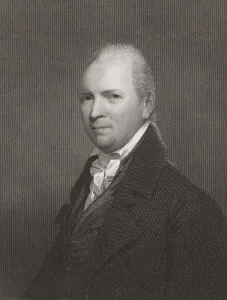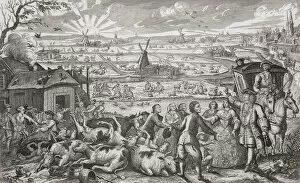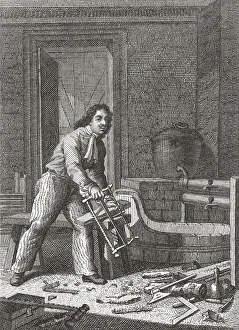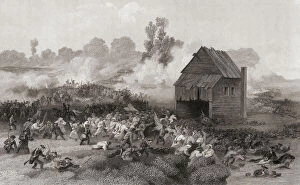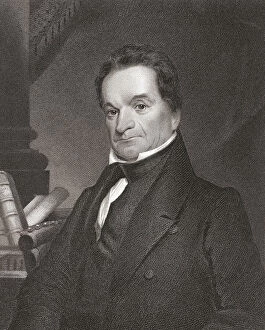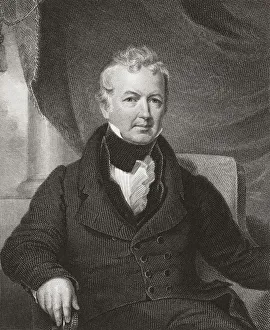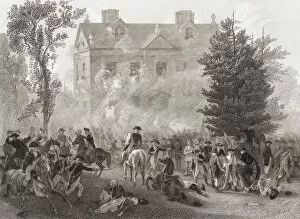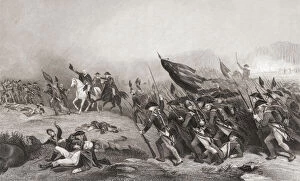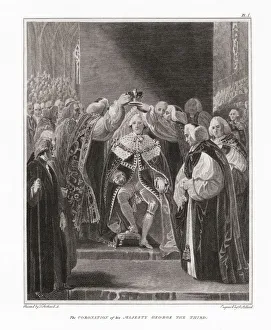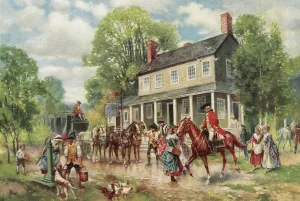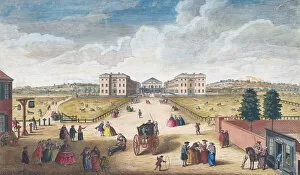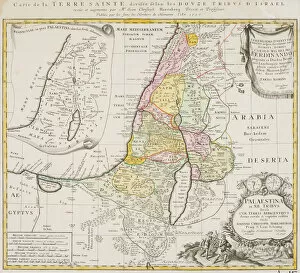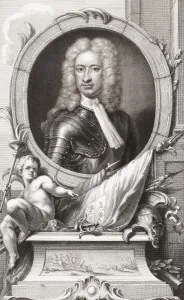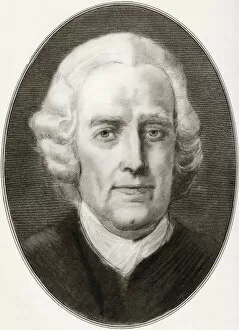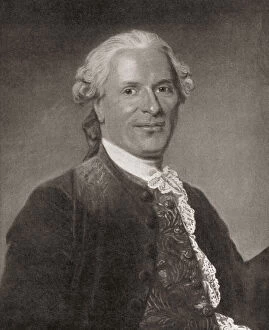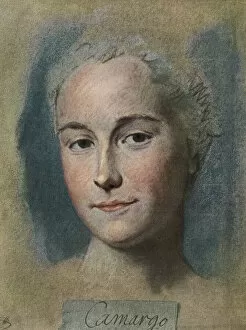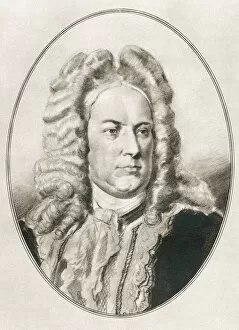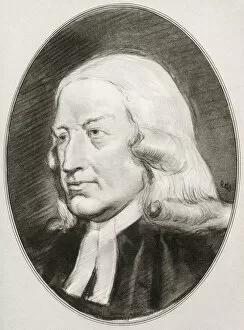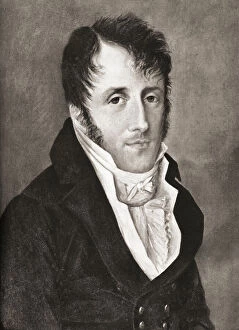Eighteenth Century Collection (page 8)
The eighteenth century was a time of great political and cultural change, with figures like William Pitt shaping the course of British history
All Professionally Made to Order for Quick Shipping
The eighteenth century was a time of great political and cultural change, with figures like William Pitt shaping the course of British history. In Nuremberg, Germany, the Hesperides Gardens showcased the beauty of citrus fruit through stunning displays such as Cedrato con fior e Sugo doppio. These gardens were digitally restored reproductions of their original 18th-century splendor. Meanwhile, in Bavaria, Germany, other sections of the Hesperides Gardens featured Citrus Aranzi del grand Sorte and Herrnhuetten. The intricate designs and carefully cultivated fruits brought joy to visitors from near and far. Across Europe, art flourished during this period. George Cruikshank's painting "The Court at Brighton a La Chinese" captured the fascination with Eastern aesthetics that permeated society at the time. In Spain's Malaga Province, travelers marveled at natural wonders like Tajo Gorge and New Bridge in Ronda. The breathtaking scenery served as inspiration for artists seeking to capture its grandeur on canvas. Back in Britain, young men pursued careers in navigation and exploration. A portrait titled "Midshipman" depicted a determined individual carrying a sextant used for astronomical observations—a testament to their thirst for knowledge about the world around them. Artists also found inspiration closer to home. A landscape painting depicting cattle grazing against an idyllic backdrop showcased rural life during this era. Dublin's Custom House stood as a symbol of Ireland's trade connections during this time period when it functioned as a customs office before becoming home to the Department of Environment and Local Government. Religion played an important role throughout Europe as well. A digitally restored reproduction showed a preacher delivering his sermon in Berlin during the 18th century—a glimpse into religious practices that shaped communities' lives. In Rome, Italy, architectural marvels abounded.

